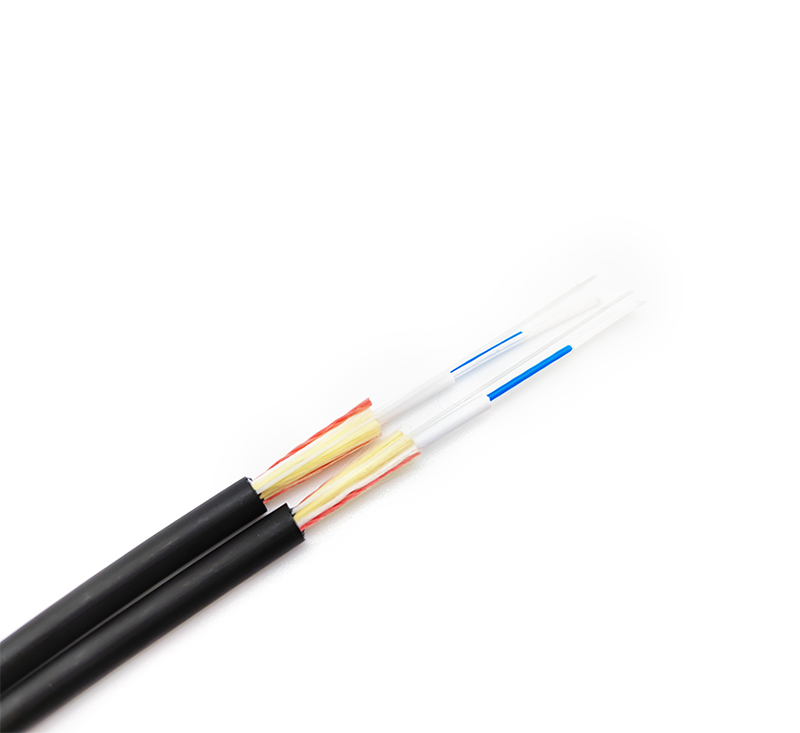In the structured wiring system, optical fiber not only supports FDDI main trunks, 1000Base-FX trunk, 100Base-FX to desktop, ATM trunk, and ATM to desktop, but also supports CATV/CCTV and optical fiber to desktop (FTTD), so it and copper cables and copper cables Together became the protagonist in the structured wiring.
Today, there are two main wiring standards in the world, one is the standard EIA/TIA-568A in North America; the other is the international standard ISO/IECIS11801. EIA/TIA-568A and IECIS11801 recommended 62.5/125um multi-mode optical cables, 50/125um multi-mode optical cables, and 8.3/125um multi-mode optical cables.
Single -mode fiber and multi -mode fiber can be simply judged from the size of the core. The core of the single -mode fiber is very small, about 4 to 10um, and only transmits the main mode. This can completely avoid the modular scatter, which makes the frequency band wide and the transmission capacity is large. This optical fiber is suitable for large -capacity, long -distance fiber communication. It is an inevitable trend in the development of fiber communication and optical wave technology in the future.

Multi -mode optical fiber is divided into multi -mode mutant fiber and multi -mode gradient fiber. The former has a large diameter and a large number of transmission modals, so the bandwidth is narrow, and the transmission capacity is small; the refractive index in the latter decreases with the increase of the radius, which can obtain a relatively small modal color scattered, so the frequency band is compared with the more frequent bands. Width, large transmission capacity, generally use the latter.
At present, the length of the light waves used in optical communication is in the near -infrared area, with a wavelength of 0.8 to 1.8um. It can be divided into short -wave length (0.85um) and long wave length (1.31um and 1.55um). Because optical fiber communication has a series of excellent characteristics, optical fiber communication technology has developed rapidly in recent years. It can be said that this emerging technology is an important symbol of the world's new technological revolution and the main transmission tools of various information networks in the future information society.
Several bands of light waves in optical fiber wiring: 800nm to 900nm short wave band; 1250nm to 1350nm long wave bands and 1500nm to 1600nm long wave bands.
In these bands, optical fiber transmission performance is the best, especially in the central wavelength of the band. Therefore, the operating wavelength of the multi -mode optical fiber is 850nm or 1300nm, while the single -mode fiber operating wavelength is 1310nm or 1550nm. The two specifications are not much different, and both are very strict. Therefore, the longest distance of optical fiber as the main wiring also has regulations. When the optical cable is applied to the trunk, at least 6 -core optical cables are used between each floor wiring. It is best to use the 12 -core optical cable. This is considered from three aspects: application, backup and expansion.










